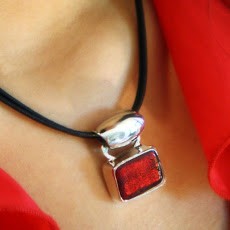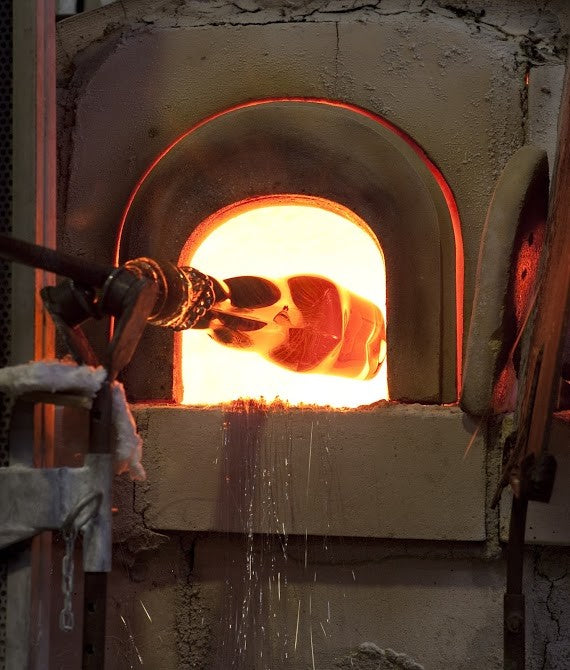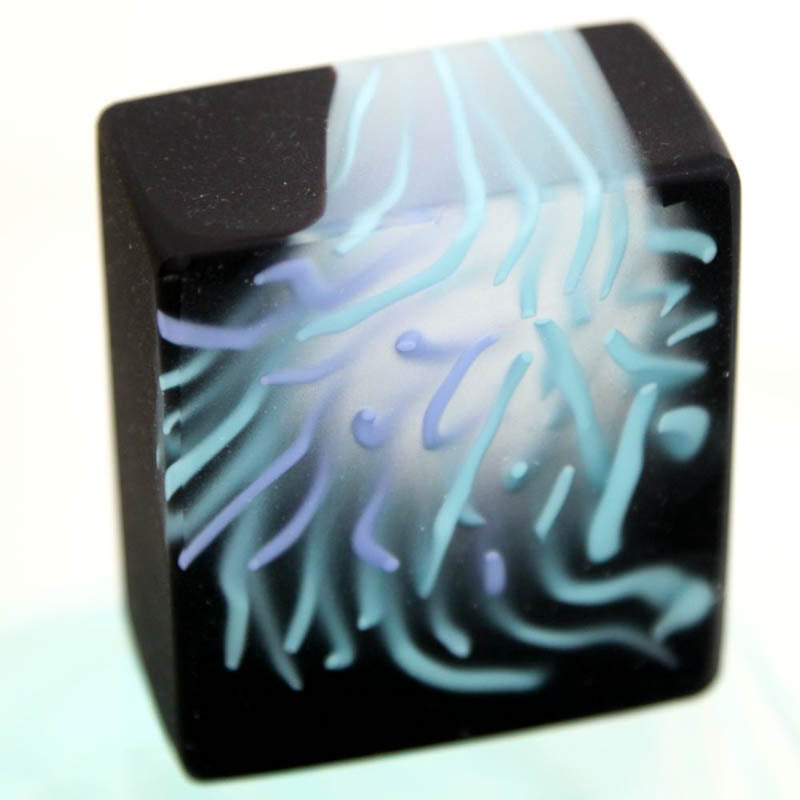The typical trait of Murano has always been glassworks and glass production, which flooded the markets of costume jewellery but also of luxury products, or even everyday items such as bottles, glass plates and lead glass, exported then throughout Europe. But if the luxury products are famous, what about the less known costume jewellery production?
The Murano glass costume jewellery has a long history that starts with production of glass pearls.
This industry begun in Murano during the 12th century under the suggestion of Marco Polo, who had brought some specimens from his travels to the East. From that period the production of conterie - the name derives from the Latin compus , meaning adorned, and indicates beads used for decoration and ornament - has started.
Initially the raw material was supplied by shards of glass imported from the Orient, which were melted down and reused. Later the pearls were created from glass rods, solid or hollow, elongated by the master and his assistants. They were then processed according to the traditional and ancient lampwork technique. From the solid rods lampwork pearls were obtained; from the hollow ones, conterie beads of various shapes: round, cylindrical, multi-faceted.
The range of objects that can be achieved with this process is enormous: paroures, earrings, bracelets are the most common.
Another type of technique is the sommerso , which allows the creation of pearls melting gold and silver leaves with glass.
Depending on the processing technique, the glass pearls can be divided into two basic categories: conterie , beads obtained from previously prepared rods, or lampwork beads , obtained by wrapping softened glass around an iron rod and then enriching it with other materials such as gold, enamels, avventurine , millefiori . The latter process is more recent and dates back to 1600.
The different types of beads made today by master glassmakers are:
1) conteria : glass beads round in shape, with the size traditionally used to create the typical flowers of Venice or for embroidery on fabric. The traditional process involves lampworking with inclusion of leaves of gold, silver or white gold, into the glass. Nowadays in costume jewellery the term conterie means beads of small size;
2) socièta : unique color bead, of spherical or elliptical shape;
3) mosaico or millefiori : covered with murrine;
4) sommerso : over a monochromatic glass core, grit of colored glass or even a golden leaf is placed, then covered by another layer of crystal clear glass; 
5) fiorato : on the core of the initial glass a flat webbing avventurina is applied, whilst the ends of the pearl are decorated with wires made with avventurine as well. The operation is completed with colored dots representatives of small flowers.
The pearls and various decorative elements are then mounted on a cotton thread, silver or hypoallergenic metal, to form necklaces and bracelets.
From all this comes the colorful and precious Venetian production. The history continues today with the modern creations of high quality costume jewellery, such as the refined pieces using Murano glass invented by the Italian designer Gabriella Nanni ( www.gabriellananni.it ).
Moreover in Venice artisan workshops are not uncommon and costume jewellery laboratories and shops - in which you could enter and see the creation of trendy bijoux - are surprisingly numerous.





Hinterlasse einen Kommentar
Alle Kommentare werden vor der Veröffentlichung geprüft.
Diese Website ist durch hCaptcha geschützt und es gelten die allgemeinen Geschäftsbedingungen und Datenschutzbestimmungen von hCaptcha.